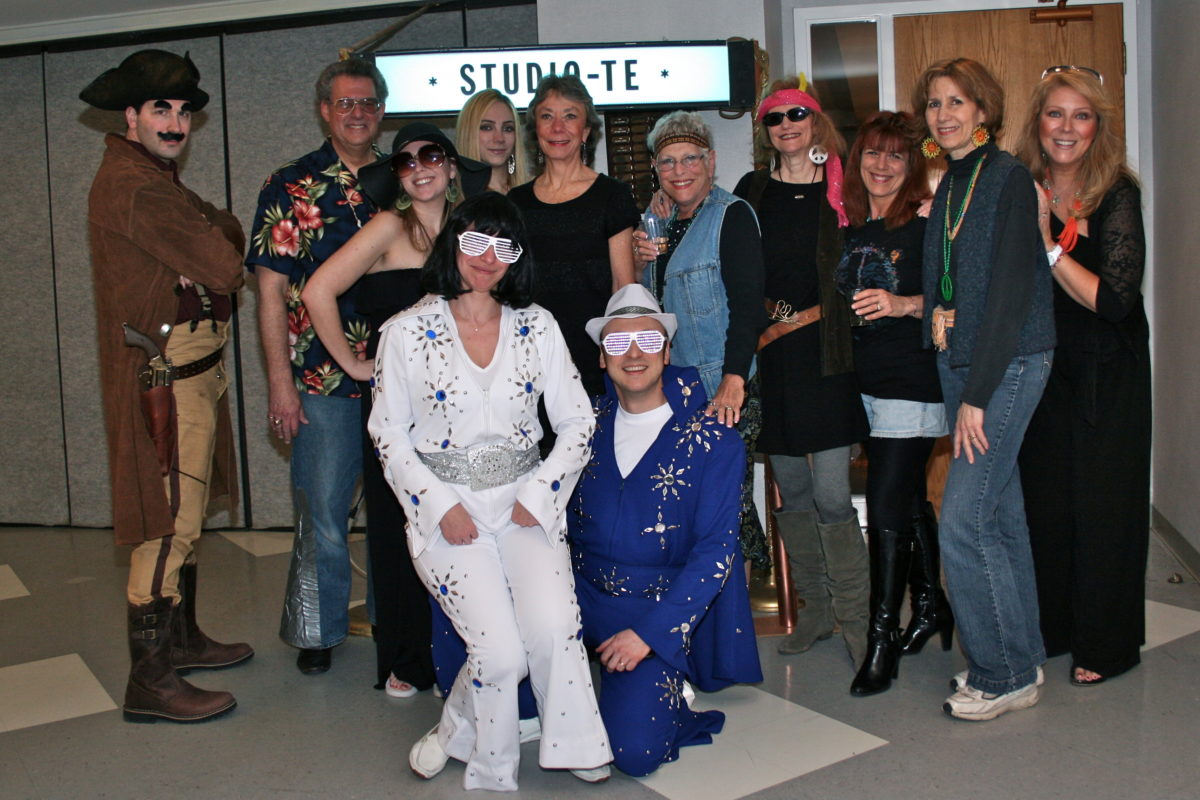 “The individual may pray in prose or even in wordless silence; a congregation must sing or disband.”
“The individual may pray in prose or even in wordless silence; a congregation must sing or disband.”
Israel Abrahams, Poetry and Religion (1920)
Music has always been a part of Judaism. From the Levites who sang the Psalms and played instruments on the steps leading to the Temple in Jerusalem, to the ancient system of cantillation, a special way to chant the Torah; from the melodic way of studying and memorizing rabbinic texts of Mishnah and Talmud to the Hassidic niggunim, often simple melodies that were credited with being as powerful as the most well composed prayers. There are numerous Hassidic sayings about the significance of melody, as the Zohar (foundational work of Jewish mystical thought) puts it, in “opening those heavenly gates that are firmly shut except to song and tears…”
Music stirs our souls in a way that words often cannot, activating emotions within us that we did not know existed… Music is such a strong presence in Temple Emanuel worship style that it is almost unimaginable without it! Yet music in worship (especially instrumental music) has a complicated history in Judaism. Following the destruction of the Second Temple in 70 CE the rabbis placed a ban on the use of music in general, and especially in worship, as a sign of mourning. It is not hard to imagine that having witnessed the devastation, the last thing they wanted to do is sing… Another complication was the prohibition against playing musical instruments on Shabbat – not because the act itself is a violation of Shabbat (it was permitted in the Temple in Jerusalem), but out of much more technical considerations (to prevent the carrying of the instrument, its tuning or repair, if needed, all of which were considered violations of Shabbat). Even the shofar blowing on Rosh Hashanah was suspended if it fell on Shabbat!
From the very beginning, the Reform Movement insisted on bringing the music back to worship, back to the synagogue, back to Shabbat. Music and joy were always part of Judaism and now they were making a comeback! Synagogues installed pipe organs and commissioned talented and popular composers of the time to write music settings for service in the synagogue, giving us the profoundly inspiring music of Lewandowski, Bloch, Sulzer and many others. The music they wrote for the services was spiritual and uplifting. It was also very modern and reflective of the 19th century popular music styles.
As the popular music styles changed in the second half of the 20th century, a new kind of music entered the world of the synagogue worship. The pipe organs were joined (and often replaced) by guitars and electric pianos. Temple Emanuel, founded in 1962, is a true ‘child’ of that era – from the very beginning, our services were accompanied by guitar music, with the entire congregation singing along, rather than relying on a powerful pipe organ and a professional cantor or choir to provide music for the worship experience. In fact, it is probably safe to argue that music has been one of the main defining features of the new congregation, as well as many others that appeared in the 1960s and 1970s around the country.
In the last two years we have introduced the TE band as part of a further experiment with music at TE services – and what an incredible experience this has been! Under Laurel Shader’s wonderful leadership up to 18 TE members of different ages, from middle school to retirees have played together on various occasions, giving a new meaning to ‘musical Shabbat’ at Temple Emanuel. At a recent concert dedicated to memory of Debbie Friedman, Sydney Perry, the Jewish Federation CEO, had jokingly asked me if Temple Emanuel only accepts members who play a musical instrument – so impressive was the presence of our band and the music we were able to contribute to this community-wide concert!
As we continue to bring music to our worship, with the full TE band and with small groups of musicians, with a solo guitar and even a cappella – allowing the music to nurture our souls and lift our prayers straight to heaven – I am delighted to remind you that we have an amazing musical program coming up on March 24/25. A world-renowned singer and composer, Cantor Jeffrey Klepper, is coming to Temple Emanuel! We know and love Jeff’s music, it has for decades been one of the main musical influences in our worship at TE, and we look forward to welcoming him for a very special weekend. There will be a master class for musicians, a talk about Jewish music in the 21st century for everyone, Jeff will lead the asephah in our religious school and last but not least, he will bring much joy and inspiration to all of us through Saturday night concert. The full details of the weekend can be found in this shofar as well as on our website. All TE members get to enjoy this wonderful weekend for free, but we do need people to register (online or through the office) so that we know the exact numbers for the Fire Marshall. Don’t miss this wonderful opportunity and enjoy the music!
 Join Rabbi Michael Farbman and Temple Emanuel of Greater New Haven on a family friendly experience in
Join Rabbi Michael Farbman and Temple Emanuel of Greater New Haven on a family friendly experience in





